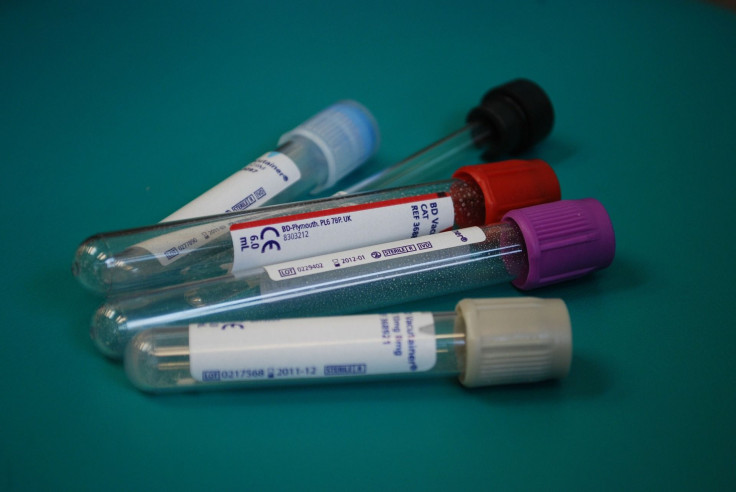Experts Say Gay Men, People With HIV Should Get Screened For Syphilis Even If Symptoms Aren't There

Making a comeback is great in a sporting event or entertainment career, but when we’re talking about syphilis, it’s probably the last thing anyone wants returning. Unfortunately, that’s exactly what’s happening; cases of the sexually transmitted disease have been increasing since 2000. Between 2012 and 2013 alone, their rates have jumped 11 percent. Considering this, the United States Preventative Services Task Force (USPSTF) is strongly recommending screening for syphilis in high-risk populations, even when people aren’t showing any symptoms.
Though syphilis can be treated with antibiotics, if a person doesn’t receive treatment in a timely manner the infection can progress with dangerous consequences. Initial symptoms usually include small, painless warts or sores around the genitals, followed by inflammation and a rash. About 15 percent of people infected with syphilis and left untreated experience a progression to late-stage syphilis. This form of infection can lead to organ and cardiovascular dysfunction, inflammatory lesions, and even blindness. Syphilis can also increase a person’s risk for both acquiring and transmitting HIV.
The task force, an independent volunteer group of medical experts, decided to update its previous recommendations on syphilis screening, which were made in 2004. After reviewing the evidence, the panel found “convincing evidence” that screening in asymptomatic, high-risk individuals is significantly beneficial. High-risk persons include men who have sex with men and people currently living with HIV, with several other factors contributing as well, including race and ethnicity, age, history of incarceration or sex work, and geography. Catching the illness early, the study said, would allow doctors to begin antibiotic treatment early and prevent progression to later, more dangerous stages of the disease.
Most tests for syphilis look for antibodies against the bacteria rather than directly detecting the organism. The authors wrote that there are “numerous” ways to identify syphilis — including both just mentioned — but that screening algorithms with high sensitivity and specificity are best for accurate detection.
The USPSTF found no direct evidence supporting any harms of screening for syphilis. The authors also recognized that the potential for false positives, however small, could lead to problematic consequences including unnecessary anxiety and diagnostics. In addition, unnecessary antibiotic treatment leads to a plethora of negative effects, the most notable of which is a contribution to antibiotic resistance.
This new recommendation is slightly more extreme than the Centers for Disease Control and Prevention’s (CDC) suggestion of at least annual screening for men who have sex with men and those living with HIV. The USPSTF wrote in the study that optimal intervals for testing have not been well established, but that at-risk persons may benefit from more frequent testing, perhaps every three months compared to annually. The panel supports its suggestion with “high certainty,” however, saying increased testing will yield a high benefit for nonpregnant persons at increased risk.
In addition to screening, the CDC recommends that clinicians educate their patients on condom use, and general information about syphilis’ transmission and symptoms.
Source: US Preventative Services Task Force. Screening for Syphhilis Infection in Nonpregnant Adults and Adolescents: US Preventative Services Task Force Recommendation Statement. Clinical Review & Education. 2016.



























